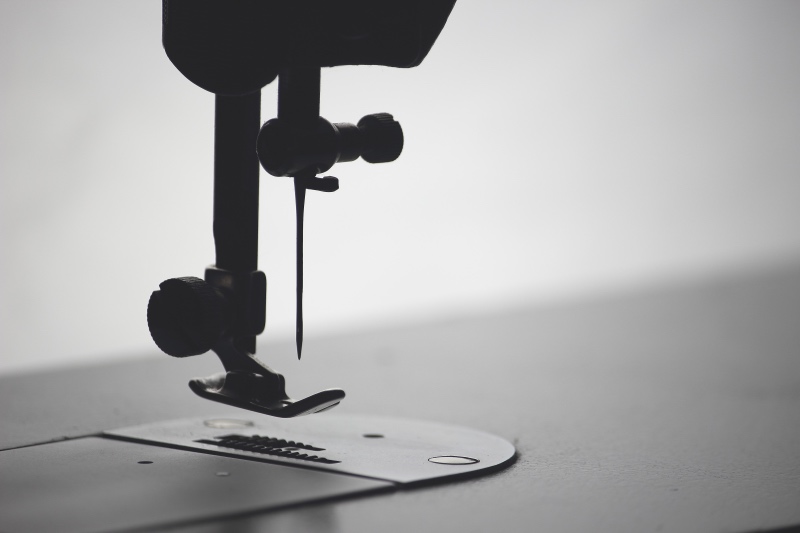London
Thomson Reuters Foundation
A fashion data organisation aims to crack down on slavery and worker abuse by mapping every clothing and footwear factory in the world, with a free, open-source tool launched on Thursday.
The Open Apparel Registry seeks to untangle often opaque supply chains by identifying every factory by name and address, increasing transparency for workers and businesses.

PICTURE: Ilya Iix/Unsplash
“This is a powerful tool that will help brands and retailers know who else is working with factories so that they can collaborate,” Leslie Johnson, head of the C&A Foundation, which funds the database, told a London news conference.
“It will help factories enhance their credibility. And it will help civil society groups to identify who is sourcing from a factory when there is a problem. Ultimately, it will help workers get access to remedy quicker.”
The C&A Foundation partners with the Thomson Reuters Foundation on its human trafficking coverage.
Fashion is recognised as a high risk industry for worker abuse, while complex international supply chains as products are sourced, manufactured, packaged and distributed can make it hard to spot forced labour.
A growing number of big brands, from sportswear giant Adidas to fashion retailers H&M and ASOS, are sharing information about their supply chains amid mounting regulatory and consumer pressure on companies to ensure their products are slavery-free.
The OAR gathers data released by brands, factory groups, governments and other sources, and allows users to search for factories by brand names and locations.
Advocates said it would help both worker rights groups looking to apply pressure on brands with worker abuse in their supply chains, and firms hoping to work with other businesses sourcing from the same factories to press for improvements.
“I think it is going to be really helpful,” said Martin Buttle, a spokesman for the Ethical Trading Initiative, a global group that aims to improve labour conditions for workers.
“There are a lot of issues in apparel supply chains but one of the reasons why trying to tackling those issues is so difficult is that supply chains are so opaque…Nobody knows who is sourcing where.”
About 25 million people worldwide were estimated to be trapped in forced labour in 2016, according to the International Labour Organization and rights group Walk Free Foundation.





